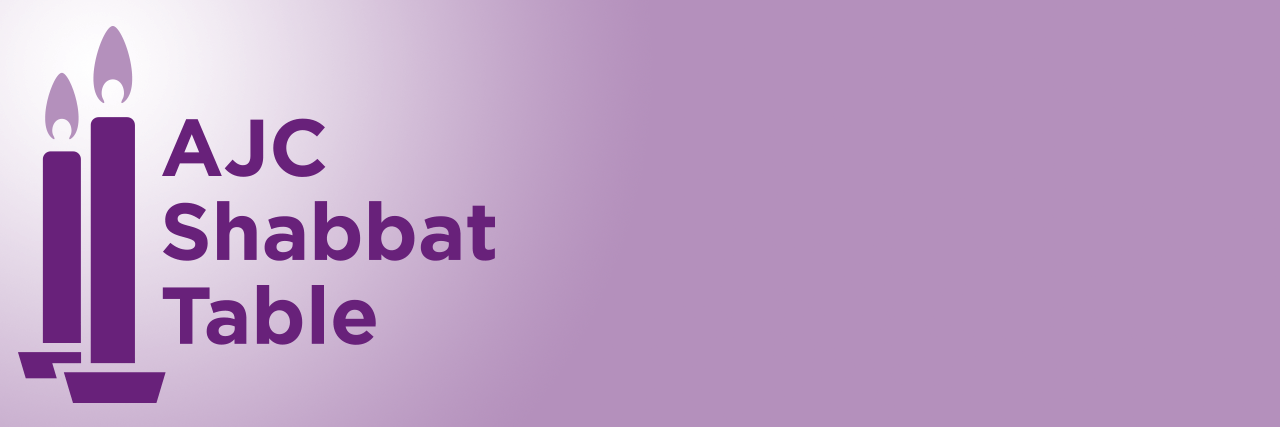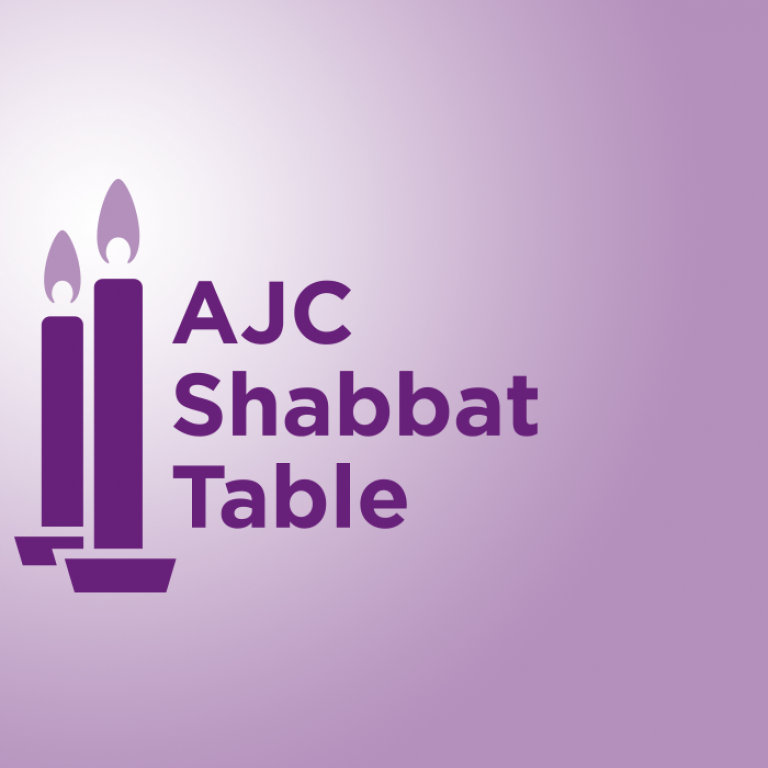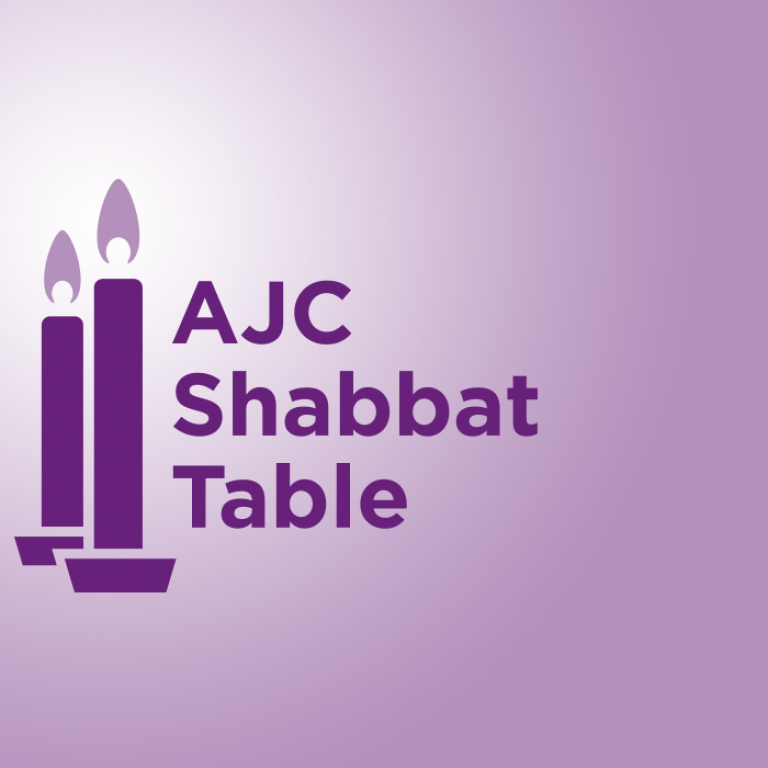April 9, 2021
This Shabbat: Shabbat Parshat Shemini
True confessions: it’s sometimes hard to keep focused on the Torah readings from the Book of Vayikra (Leviticus). Often, they seem to be just long lists of things - pure and impure, kosher and not kosher, the contents of various sacrifices to God, the utensils of the Tent of Meeting. But, even these seemingly monotonous lists often contain treasures of Jewish thought if you just dig a little bit. This week’s parsha, Shemini, offers a perfect example. One of the myriad lists in the parsha is of birds that God forbids the Israelites from eating, as they are an abomination. The rabbis try to understand why these particular birds are on the list. They note that they are all birds of prey that attack their victims with their claws. They are forbidden, say the rabbis, due to their cruel nature. But the rabbis are puzzled by the presence of one particular bird on the list: the Hasida (Stork). Hasida means "compassionate"! How could a bird with such a name be accused of cruelty? The famous medieval commentator, Rashi, notes that the Hasida is called compassionate because it takes care of its own, sharing food with its fellow storks. But a later commentator, the first Gerer Rebbe, Rabbi Yitzhak Meir Alter (1799-1866) complicated the story. He argued that the Hasida is only compassionate to those in its own clan, not to outsiders. It is for this reason, he intimated, that the Hasida is listed among the forbidden birds of prey in the Bible.
Was the Gerer Rebbe right about the behavior of the stork? And, while we’re considering the science of animal behavior, does any animal willingly share food with those outside its clan? I would argue that getting mired in the science here is to completely lose the point of the Gerer Rebbe’s message about the Hasida. He was not trying to teach us scientific truth, but rather moral truth. Jewish morality, he argued, means seeing beyond one’s own clan. True compassion is seeing the needs of others. This is not easy to do. We are hardwired to prioritize the needs of our immediate circles before those of any others, and there is nothing wrong with that. Indeed, it is important to put the needs of our own families and communities first. But, the Gerer Rebbe is teaching us here that only attending to the needs of those immediate circles puts us in the category of “birds of prey.” Not only are we guilty of the sin of failing to help, we are actually contributing to harm. In our ever more polarized and compartmentalized world, the Gerer Rebbe’s lesson is more powerful and more necessary than ever.
For Shabbat Table Discussion:
- Sometimes laws in the Torah are given an ethical purpose and sometimes they are simply decreed with no reason. What are the benefits of each type of Jewish traditional practice? We in the twenty-first century usually like to have reasons for what we do. Is there something beneficial about having traditions that don’t necessarily have logical reasons behind them?
- An oft repeated slogan, particularly among the health conscious as well as ethical vegetarians and vegans, is “You are what you eat.” What does this mean? Is it true?
- The millennia-long rabbinic conversation about the Hasida is an excellent example of how the Torah continues to exist as a living document. This is only true if each generation makes it its own by adding new layers of interpretation and commentary to its ancient words. What new lessons do you see emerging from Torah texts today? In what ways can each of us add to this millennia-long conversation?
This Week in Jewish History
April 11, 1909 - Founding of Tel Aviv
As Zionism took root in the Jewish community in the late nineteenth century, small groups of young idealistic Zionists increasingly began to move to settle in the Land of Israel. The waves of Zionist migration to the Land of Israel became known as Aliyot, each one characterized by those who came and what they built. In 1909, in the middle of the Second Aliyah, some Jewish residents of the city of Jaffa decided they wanted a better environment in which to live with their families. Jaffa is an ancient city, dating back at least 4,000 years. By the early twentieth century, it was overcrowded and lacking in modern infrastructure. This group of Jewish residents wanted to form a new community that would ultimately become a modern, clean, planned Hebrew city with indoor plumbing for all its homes and electric street lights illuminating its boulevards. They formed a corporation called Ahuzat Bayit, which means “homestead,” and with the help of the Jewish National Fund, they bought twelve acres of sand dunes north of the city to build their community. The families could not figure out how to divide the land amongst themselves so, on April 11, 1909, the president of Ahuzat Bayit, Akiva Aryeh Weiss, organized a lottery. Weiss gathered 60 white seashells and 60 grey seashells, labeling the white shells with the family names and the grey shells with the plot numbers. The seashells were paired with one another. A boy drew shells from one category and a girl drew from the other. The date of the lottery was declared the date of the founding of the city. The cornerstone of Ahuzat Bayit was laid on July 28 of that year, and within a year, 66 plots were developed in the new neighborhood.
The following year, the neighborhood was renamed Tel Aviv, which was the Hebrew title of Herzl’s famous Zionist novel “The Old-New Land.” The word “tel” refers to a hill created by successive layers of human civilization built one on top of the other. It evoked the ancient. “Aviv,” which means spring, evoked the new. Tel Aviv’s population eclipsed that of Jaffa in the 1930s, and it became its own city, independent of Jaffa in 1934. The cities were reunified as one large metropolitan area in 1949 after Israel became a state. Today, Tel Aviv-Jaffa is a major metropolis and the largest city in Israel with a population of over 4.2 million people. It is known for its culture, beautiful beaches, historically significant Bauhaus architecture, and its permissive, accepting atmosphere. You can read more about this amazing city on its municipal website here!
✡✡✡✡✡✡✡✡✡✡✡✡✡✡✡✡✡✡✡✡✡✡✡✡✡✡✡✡✡✡✡✡✡✡✡✡✡✡✡
Israel will be commemorating Yom Hazikaron (Memorial Day) and celebrating Yom Haatzmaut (Independence Day) on Wednesday and Thursday of next week. AJC will offer special programming to mark both of these dates. More information can be found at the links below. Join us!
- Israeli Society and the Collective Memory: A Yom Hazikaron Dialogue - April 11 at 1 p.m. ET
- Four Generations Celebrate Israel's Independence - April 15 at 12 p.m. ET
Shabbat Shalom!
שבת שלום!






